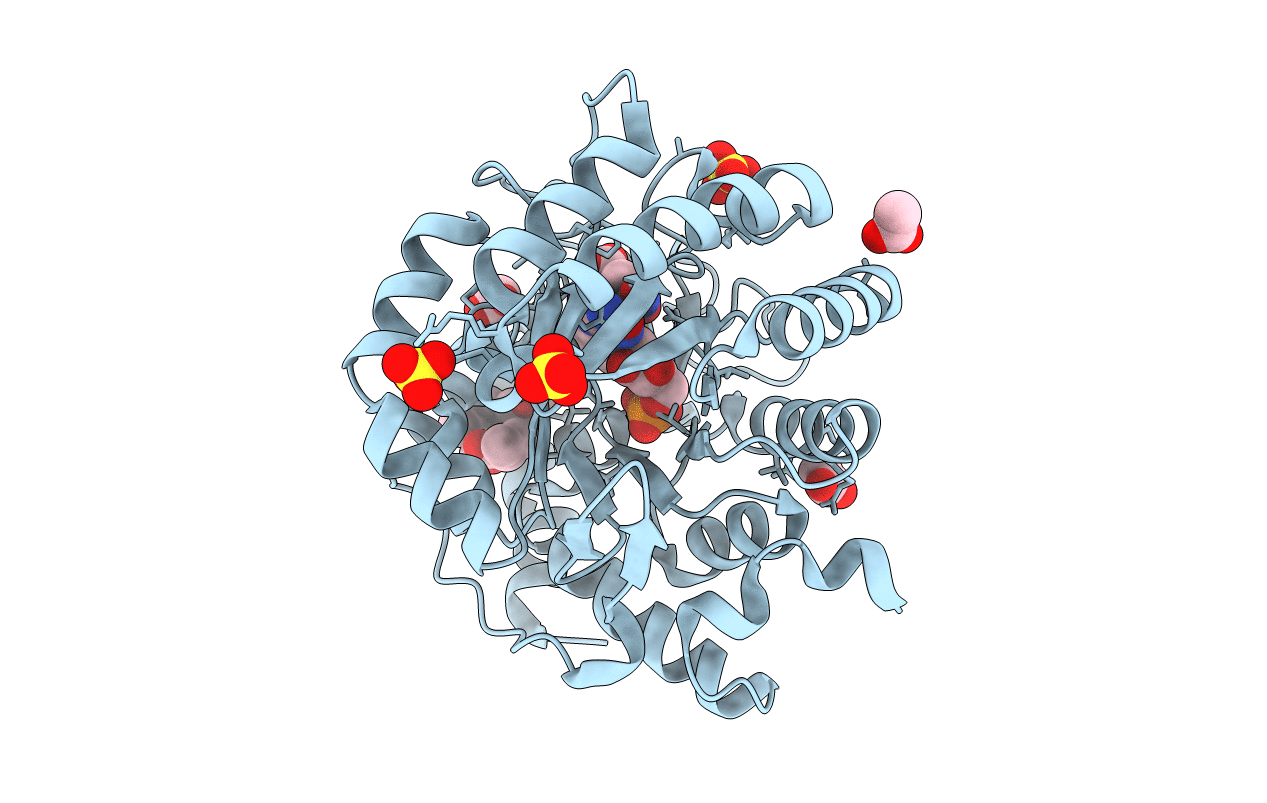
Deposition Date
2018-03-02
Release Date
2018-09-26
Last Version Date
2023-11-22
Entry Detail
PDB ID:
5ZFA
Keywords:
Title:
Structure of human dihydroorotate dehydrogenase in complex with 287-12-OCOiPr
Biological Source:
Source Organism:
Homo sapiens (Taxon ID: 9606)
Host Organism:
Method Details:
Experimental Method:
Resolution:
1.75 Å
R-Value Free:
0.18
R-Value Work:
0.16
R-Value Observed:
0.16
Space Group:
P 32 2 1


